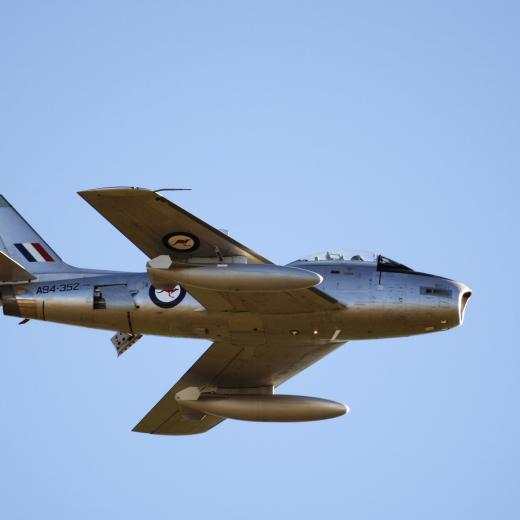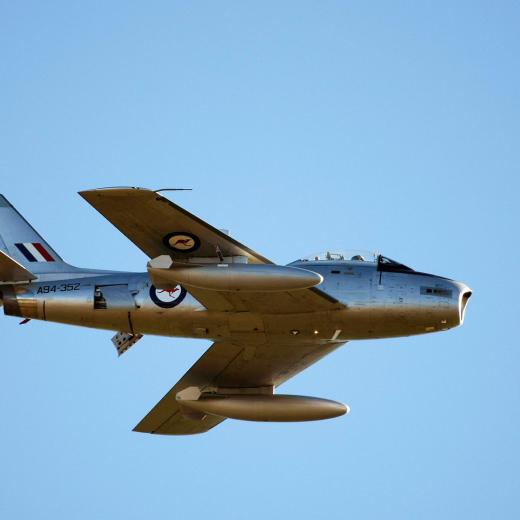BLUF
The sinking of the British ships the Prince of Wales and Repulse by Japanese aircraft at the beginning of WW2 in the Pacific—demonstrated that navy ships without air cover ships were vulnerable to enemy air attack.Summary
This article by Robert Farley in the Diplomat makes the following points about Force Z:
- HMS Prince of Wales (a modern fast battleship) and HMS Repulse (an aging but fast battlecruiser) were sent to the Pacific in late 1941 to deter Japanese aggression.
- These vessels and four destroyers were sent out to prevent the Japanese invasion of Malaya and Singapore.
- However, without air cover, they proved vulnerable to air attack.
- The Japanese knew the vessels were at sea and allocated two battlecruisers and numerous cruisers and destroyers to protect their invasion convoys.
- The opposing fleets failed to detect each other.
- Land-based Japanese aircraft sank both British vessels with bombs and torpedoes.
- The Japanese were lucky to spot the British Ships.
- The sinking of fast capital ships confirmed that ships needed air cover.
- Navy vulnerability to air attack was demonstrated at Pearl Harbour (attack on US ships)and Taranto (destruction of Italian Fleet by UK air power).
- In the first years of the war, Admirals became much more cautious about deploying ships without air cover.
- Battleships still had a role, such as using big guns against entrenched enemy positions supporting a beach landing.
- However, they still needed air cover to operate to their full effectiveness.
- During WW2, the US and the UK extensively used smaller escort carriers designed to provide defensive air cover.
References
- MILITARY HISTORY: INDEX of PAGES AND COLLECTIONS ON THE RAAF RUNWAY
- 1955 Loss of HM Ships Prince of Wales and Repulse- Naval Staff History WW2
- MAY 2015 Force Z and Singapore –History Learning Site.
- DEC 2021 Remembering destruction of Force Z in S. China Sea-OC
- Sinking of the HMS Repulse-History of Diving Museum





